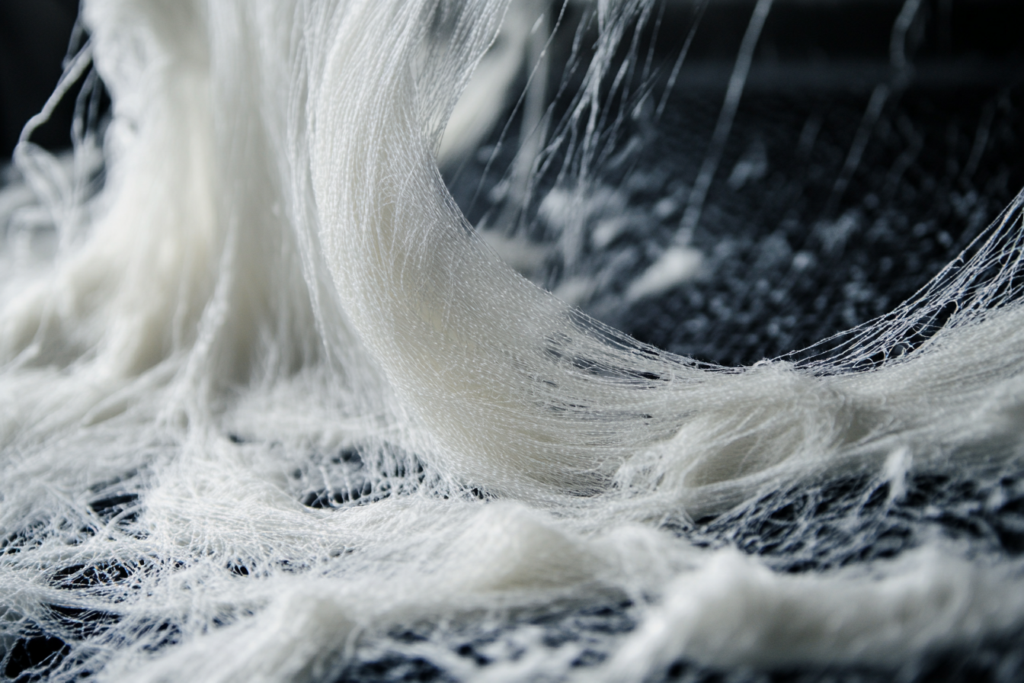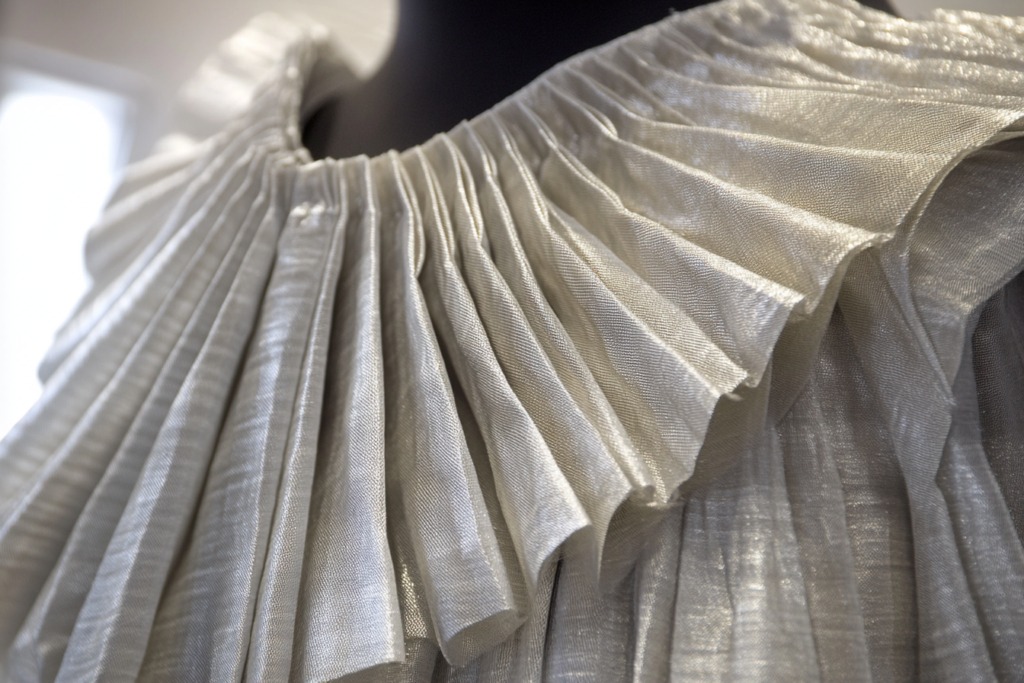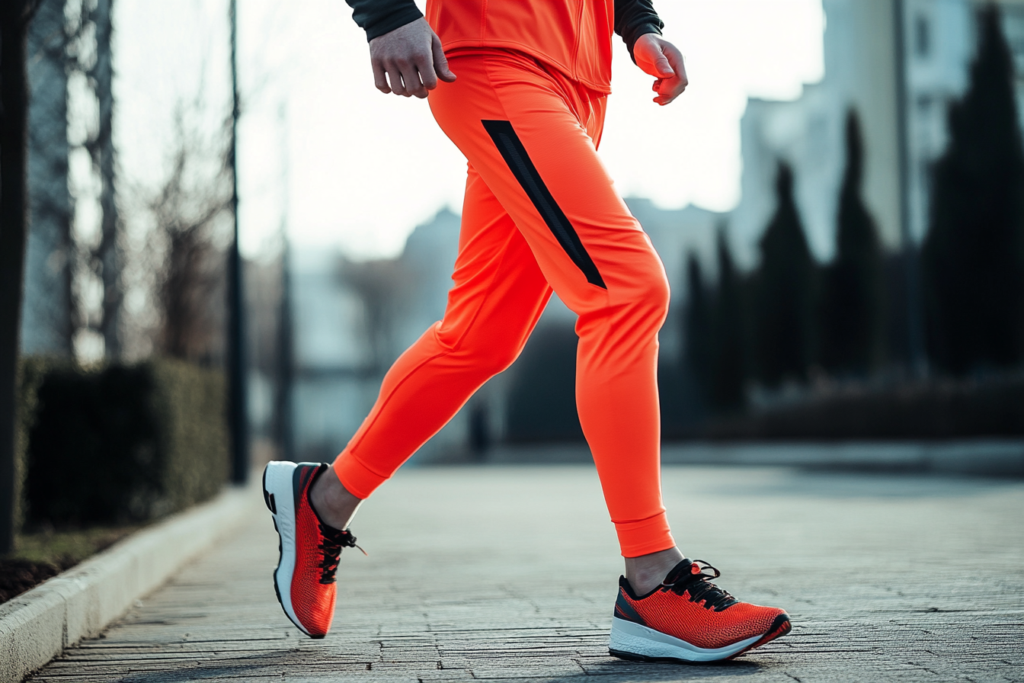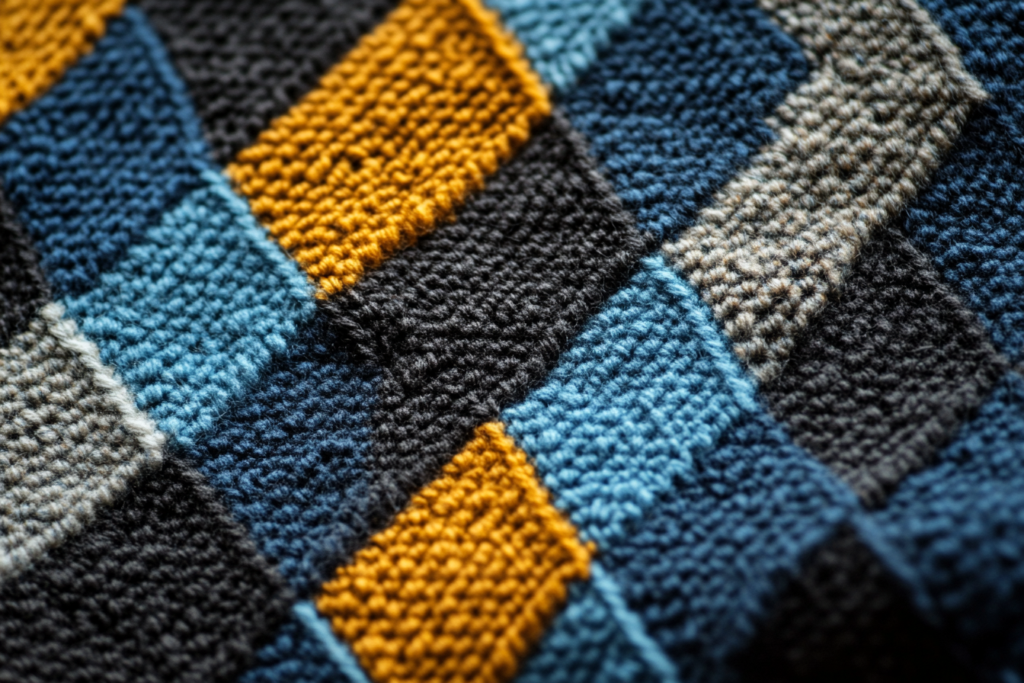Wicking: The Fabric Technology That Enhances Moisture Control
Meta Description: Wicking is a fabric treatment that absorbs and distributes moisture, accelerating its evaporation. Learn how wicking fabrics are used to enhance comfort in activewear and outdoor gear.
What is Wicking?
Wicking refers to the process by which a fabric or yarn absorbs moisture (like sweat or rain) and spreads it across the surface, allowing it to evaporate more quickly. This technology is commonly used in activewear, sportswear, and outdoor gear, where moisture management is crucial for maintaining comfort during physical activities. The wicking process helps to keep the skin dry by moving moisture away from the body and promoting faster evaporation.
Wicking fabrics are often treated or engineered to enhance their moisture-wicking properties. These fabrics are typically made from synthetic fibers such as polyester, nylon, and spandex, which naturally have moisture-wicking properties, or from blends of synthetic and natural fibers.
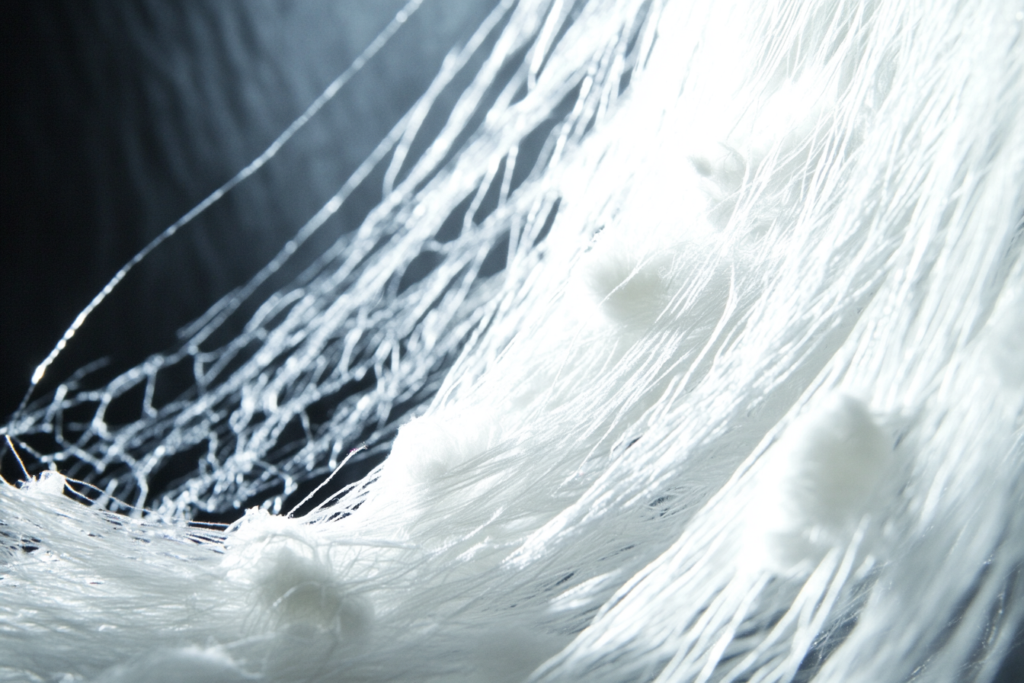
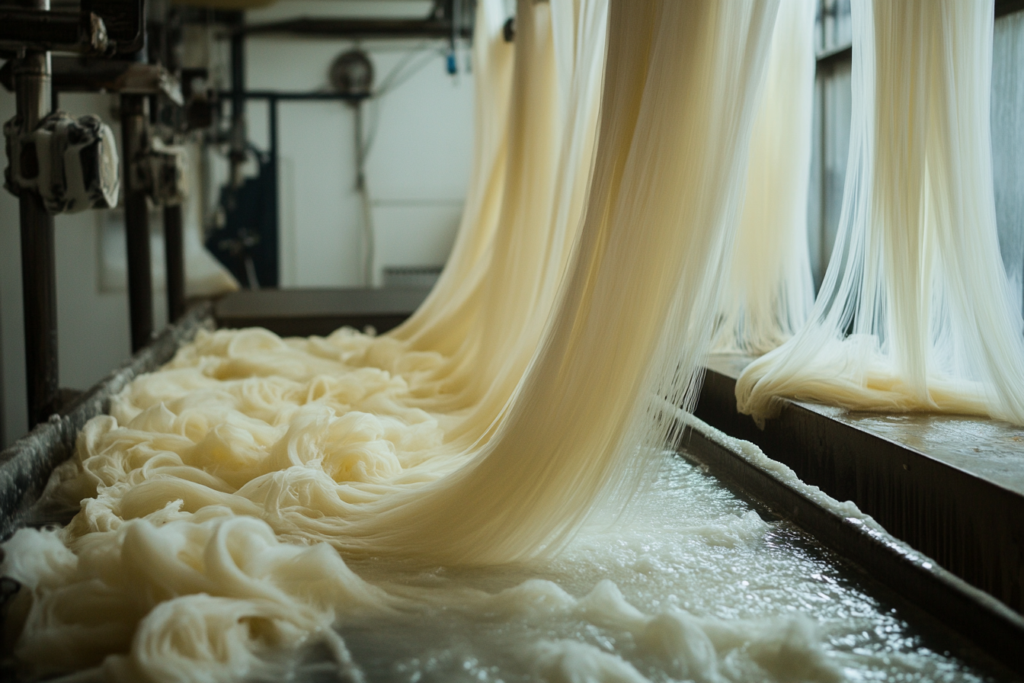
How Wicking Works
📌 Moisture Absorption
- When you sweat or get wet, the wicking fabric absorbs the moisture from your skin. Hydrophilic (water-attracting) fibers are used to pull moisture away from the body, keeping the wearer dry.
📌 Moisture Distribution
- Once absorbed, the fabric spreads the moisture across the surface of the garment, increasing the surface area where the moisture can evaporate. This distribution helps the fabric dry faster than if the moisture were concentrated in one spot.
📌 Evaporation
- The moisture on the fabric’s surface evaporates more quickly, especially in environments with low humidity or air circulation. This results in a drier and more comfortable experience for the wearer.
Benefits of Wicking Fabrics
📌 Keeps You Dry
- The primary benefit of wicking fabrics is their ability to keep the skin dry. By pulling moisture away from the body and dispersing it across the fabric, wicking materials help prevent the discomfort caused by dampness.
📌 Enhanced Comfort
- Wicking fabrics are particularly useful in sportswear and activewear, where moisture management is essential for maintaining comfort during exercise. These fabrics help reduce the sticky feeling associated with sweat, which can cause irritation or chafing during physical activity.
📌 Reduces Chafing
- By managing moisture effectively, wicking fabrics help minimize friction and chafing, which is a common problem when sweat accumulates between the skin and clothing. This is especially important in garments designed for runners, cyclists, or anyone engaging in high-intensity physical activities.
📌 Breathability
- Wicking fabrics are often breathable, allowing air to circulate and further promoting the evaporation of moisture. This combination of moisture absorption and breathability makes wicking fabrics ideal for sportswear and outdoor clothing.
📌 Quick-Drying
- The fast evaporation of moisture means that wicking fabrics dry faster than regular fabrics. This is particularly important in outdoor and athletic environments, where staying dry and comfortable is essential.
Common Applications of Wicking Fabrics
📌 Activewear
- Athletic clothing is one of the most common applications for wicking fabrics. Running shirts, workout leggings, sports bras, and compression garments are all made from moisture-wicking materials that help keep athletes dry and comfortable during exercise.
📌 Outdoor Gear
- Outdoor clothing like jackets, hiking pants, and base layers are often designed with wicking properties to enhance comfort during adventurous activities. Whether trekking through the mountains, skiing, or cycling, wicking fabrics help manage sweat and moisture during physical exertion.
📌 Underwear
- Performance underwear often utilizes wicking fabrics to keep the wearer dry and comfortable throughout the day. Compression shorts, athletic boxers, and sporty bras all use wicking materials to maintain freshness and prevent moisture build-up.
📌 Sleepwear
- Some sleepwear brands incorporate wicking fabric technology into their products to regulate body temperature and keep the wearer cool and dry while they sleep, preventing discomfort caused by night sweats.
How to Maintain Wicking Fabrics
📌 Proper Washing
- To maintain the effectiveness of wicking fabrics, it’s important to wash them correctly. Avoid using fabric softeners, as they can coat the fibers and reduce their moisture-wicking abilities. Instead, use mild detergents that won’t compromise the fabric’s moisture management.
📌 Avoid Heat
- High heat can break down the fibers in wicking fabrics. It’s best to air-dry or use a low-heat setting when tumble-drying these garments to extend their lifespan.
📌 Gentle Care
- Wicking fabrics can lose their effectiveness if they are subjected to rough handling. Be gentle with the garments, and follow the care instructions on the garment’s label to ensure the wicking properties remain intact.
Illustration of Wicking Fabric Process
Here is an illustration showing the process of wicking in action, from moisture absorption to distribution and evaporation. The diagram highlights how wicking fabrics pull moisture away from the skin and help accelerate its evaporation.

Conclusion: The Role of Wicking Fabrics in Activewear and Comfort
Wicking fabrics have become a crucial technology in the development of sportswear, activewear, and outdoor gear. Their ability to manage moisture through absorption, distribution, and evaporation makes them essential for anyone engaging in physical activities, as they keep the body dry, comfortable, and cool. Whether you’re running a marathon or hiking through the wilderness, garments made from wicking materials enhance performance and comfort by maintaining a drier and fresher feel.
